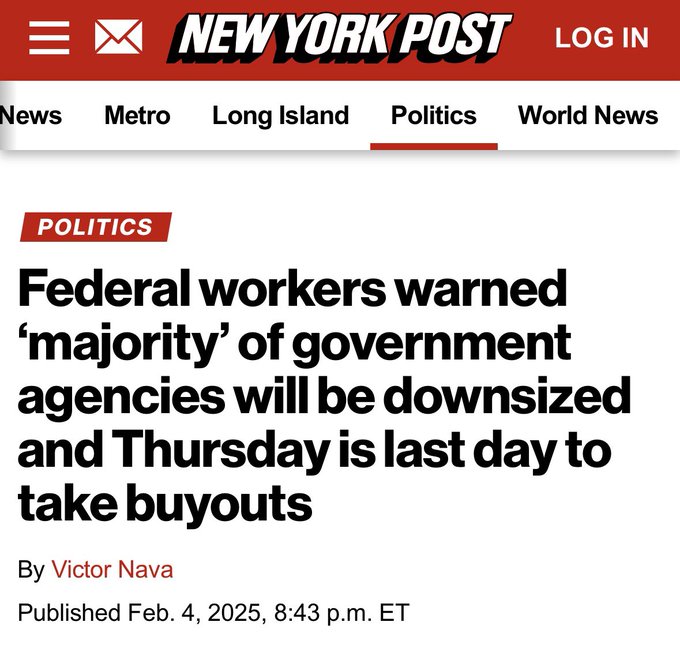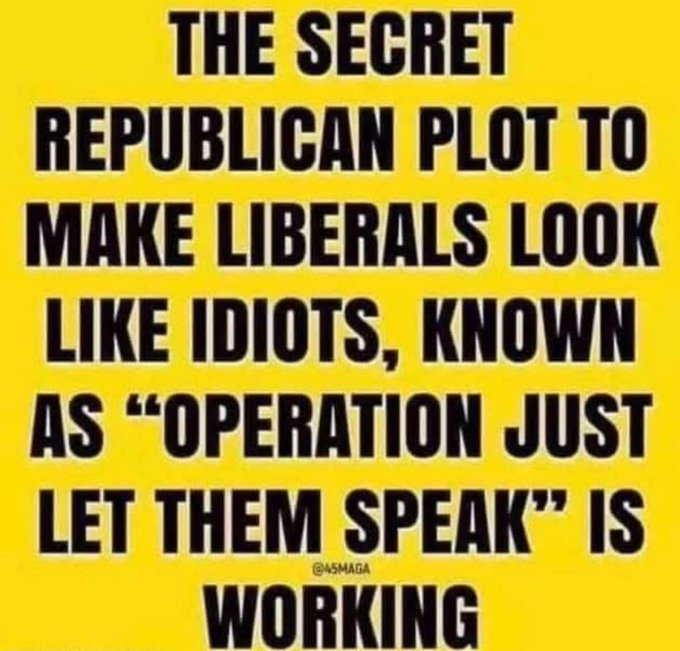
Federal employees considering the buy-out offer initiated by President Donald Trump shortly after his inauguration should ignore “misinformation” from government worker unions, according to a U.S. Office of Personnel Management (OPM) spokesman.
“Union leaders and politicians telling federal workers to reject this offer are doing them a serious disservice,” OPM’s Director of Communications McLaurine Pinover told The Epoch Times. “This is a rare, generous opportunity; one that was thoroughly vetted and intentionally designed to support employees through restructuring.”
“Instead of spreading misinformation and using workers as political pawns, they should be making sure federal employees have the facts and freedom to make the best decision for themselves and their families,” Pinover added.
The buyout offer allows federal workers who accept it to receive full pay and benefits coverage for eight months, exempts them from newly issued orders to return to work at their official duty stations on a daily basis, and protects them against Reductions-in-Force (RIF) processes that are expected to begin in the near future in many federal departments and agencies.
There are 2.3 million civilian federal workers, the vast majority of whom are careerists who receive above-average pay and benefits as well as a host of legal job protections overseen by OPM and the Merit Systems Protection Board (MSPB).
The average federal employee salary, according to OPM data, is $106,382. The median average household income for all Americans is $75,149, according to the U.S. Census Bureau.
The buyout offer must be accepted by Feb. 6 and OPM officials today circulated a “template contract” to all agencies and departments that will be the basis for the voluntary resignations under the “Deferred Resignation Program (DRP).”
The OPM comments came in response to multiple statements from the American Federation of Government Employees (AFGE) and Democrats in Congress saying that the buyout offer was not legal and President Donald Trump lacks the legal authority to make such a proposal.
OPM Says Federal Unions Are Misinforming Workers About Voluntary Resignation Contracts | ZeroHedge
ZeroHedge - On a long enough timeline, the survival rate for everyone drops to zero


